
The Wolfram Language:
Fast Introduction
for Programmers
Spend a few minutes with this tutorial to get up to speed with the foundations of the Wolfram Language.
With over 6,000 carefully integrated, built-in functions delivering computation and knowledge, there's lots to learn about the Wolfram Language. This tutorial will give you what you need to read and understand almost any Wolfram Language code and to get started doing Wolfram Language programming yourself.
Notes for users of:
Notes for Java programmers:
The Wolfram Language has many high-level constructs that make it fundamentally different from Java—and make possible shorter, readable and more intuitive code. The Wolfram Language also enables a higher-level style of programming—based on its all-in-one notebook environment, easy cloud deployment and built-in access to the world's largest integrated collection of algorithms and data.
Notes for Python programmers:
The Wolfram Language has a higher-level and more integrated philosophy than Python, based on a fully symbolic language, with seamless desktop and cloud operation, and with the world's largest collection of algorithms and data built directly into the language—all with coherent design and documentation, and all accessible through the world's original notebook interface, allowing faster and higher-level development and deployment of your ideas, with no need to find and learn separate libraries.
Starting with Version 11.2 of the Wolfram Language, the ExternalEvaluate framework offers seamless connections to other programming languages, including Python, making it possible to incorporate your existing code and external libraries into the Wolfram Language. Wolfram Language code can also be evaluated directly from a Python environment using the Wolfram Client Library for Python.
-
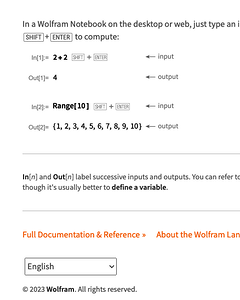
Interactive Usage
-

Notebook Documents
-
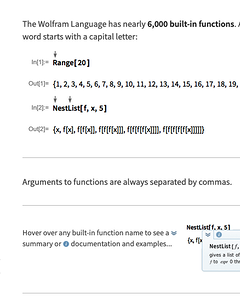
Built-in Functions
-
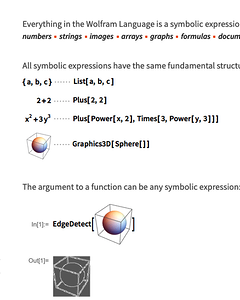
Symbolic Expressions
-
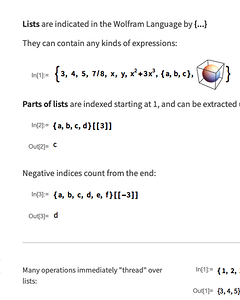
Lists
-
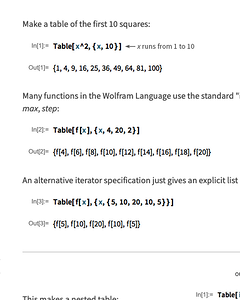
Iterators
-
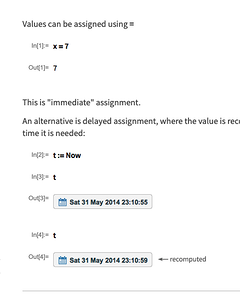
Assignments
-
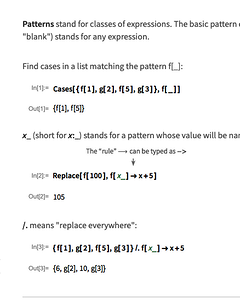
Patterns
-
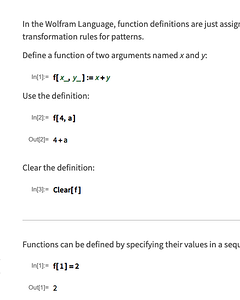
Function Definitions
-
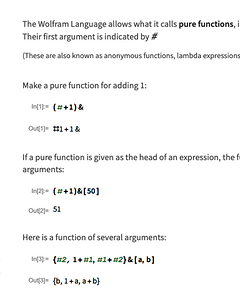
Pure Functions
-
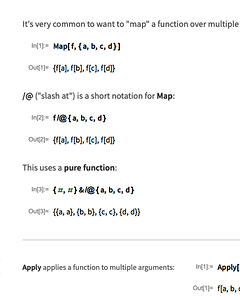
Applying Functions
-
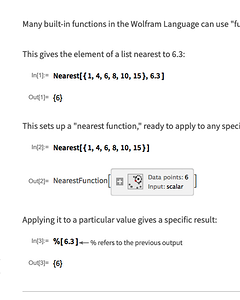
Functionals & Operators
-
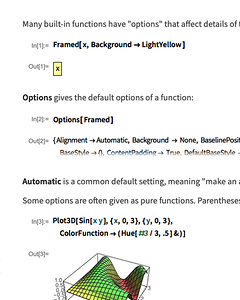
Options
-
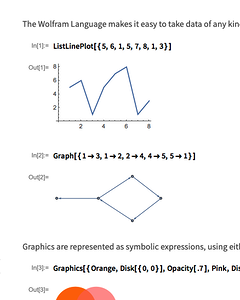
Graphics
-
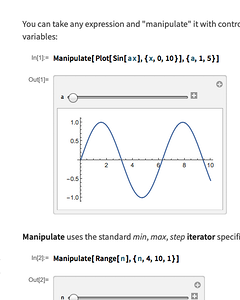
Interactive Interfaces
-
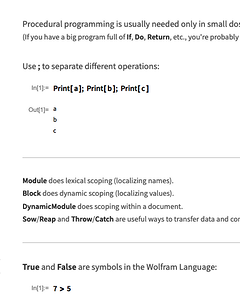
Procedures
-
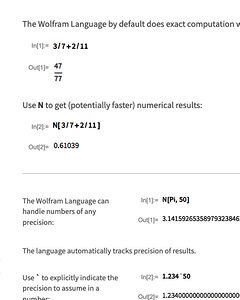
Numbers
-
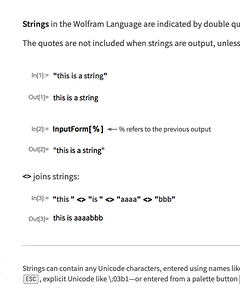
Strings
-
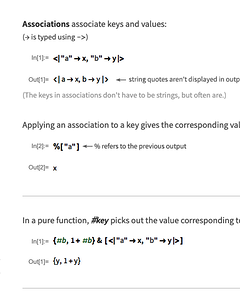
Associations
-
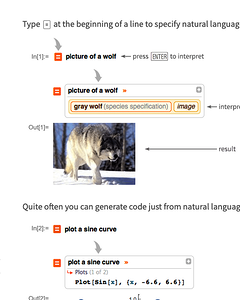
Natural Language Input
-
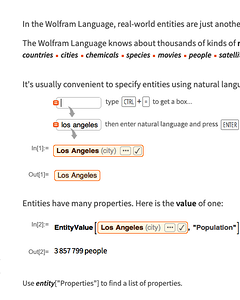
Real-World Entities
-
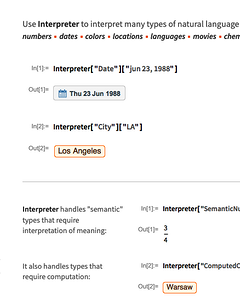
Interpreters
-
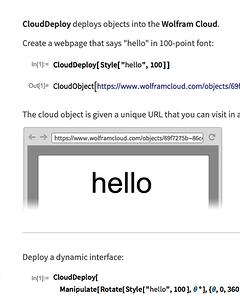
Cloud Deployment
-
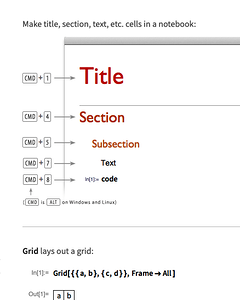
Making Documents
-
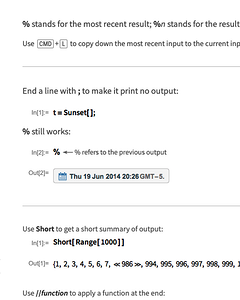
Managing Sessions
-
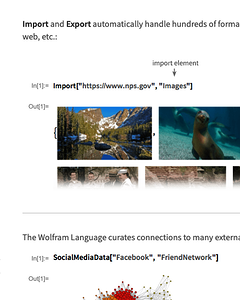
External Connections
-
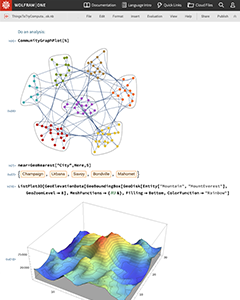
Get Started...
Notes for users of:
Notes for Java programmers:
The Wolfram Language has many high-level constructs that make it fundamentally different from Java—and make possible shorter, readable and more intuitive code. The Wolfram Language also enables a higher-level style of programming—based on its all-in-one notebook environment, easy cloud deployment and built-in access to the world's largest integrated collection of algorithms and data.
Notes for Python programmers:
The Wolfram Language has a higher-level and more integrated philosophy than Python, based on a fully symbolic language, with seamless desktop and cloud operation, and with the world's largest collection of algorithms and data built directly into the language—all with coherent design and documentation, and all accessible through the world's original notebook interface, allowing faster and higher-level development and deployment of your ideas, with no need to find and learn separate libraries.
Starting with Version 11.2 of the Wolfram Language, the ExternalEvaluate framework offers seamless connections to other programming languages, including Python, making it possible to incorporate your existing code and external libraries into the Wolfram Language. Wolfram Language code can also be evaluated directly from a Python environment using the Wolfram Client Library for Python.
